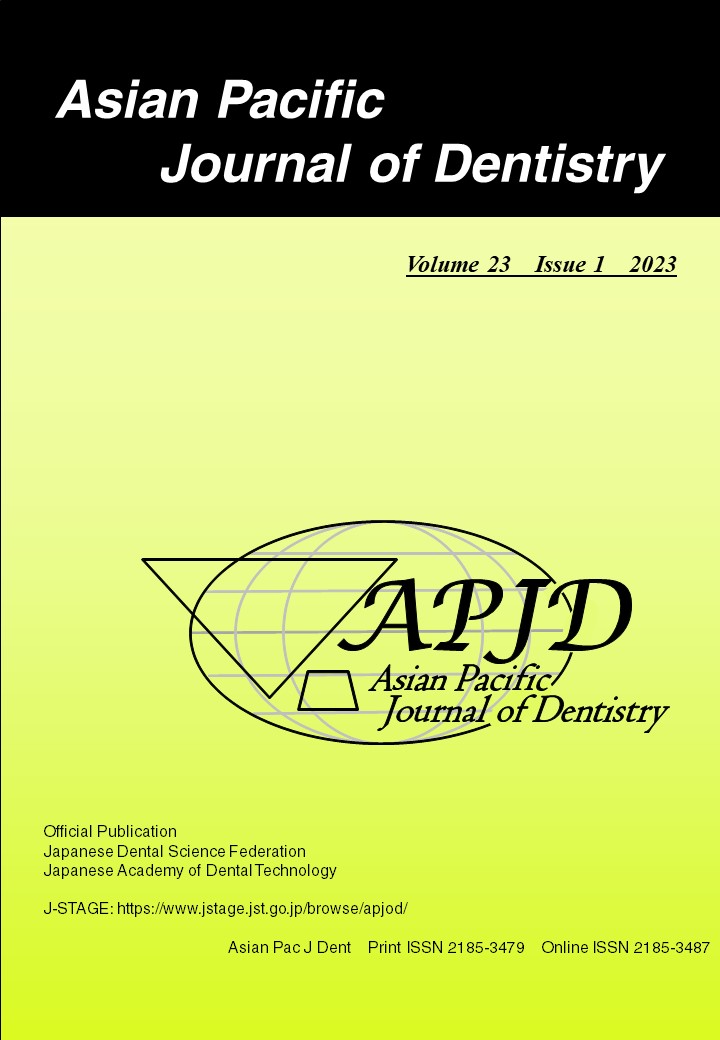Purpose: The aim of this study was to determine fluoride deposition by a fluoride-calcium-phosphate (FCP) of varying F:Ca:P ratios with the goal of maximizing the fluoride deposition at a fixed fluoride concentration of 12 mmol/L.Methods: The FCP solutions, prepared using NaF, CaCl2, H3PO4 and de-ionized water, had a calcium concentration of (7, 20, or 50) mmol/L, a phosphate concentration of (0.5, 2, or 10) mmol/L, and pH in the range of 2.73 to 3.43. A 12 mmol NaF solution was used as a control. A previously reported in vitro model was used for accessing fluoride deposition. The results were analyzed using multiple comparison with calcium and phosphate concentrations as the independent variables.Results: All FCP solutions were stable as expected. Both the calcium and phosphate concentrations effects and their interactions were significant (P < 0.01). Fluoride deposition, ranging from (3.08 to 4.57) µg/cm2, were at least 3.5 times greater than that produced by the NaF control. Higher calcium and phosphate concentrations did not necessarily increase fluoride deposition.Conclusion: FCP has the potential for use in fluoride rinses and dentifrices that will produce greater fluoride deposition without increasing the F dose.
抄録全体を表示
